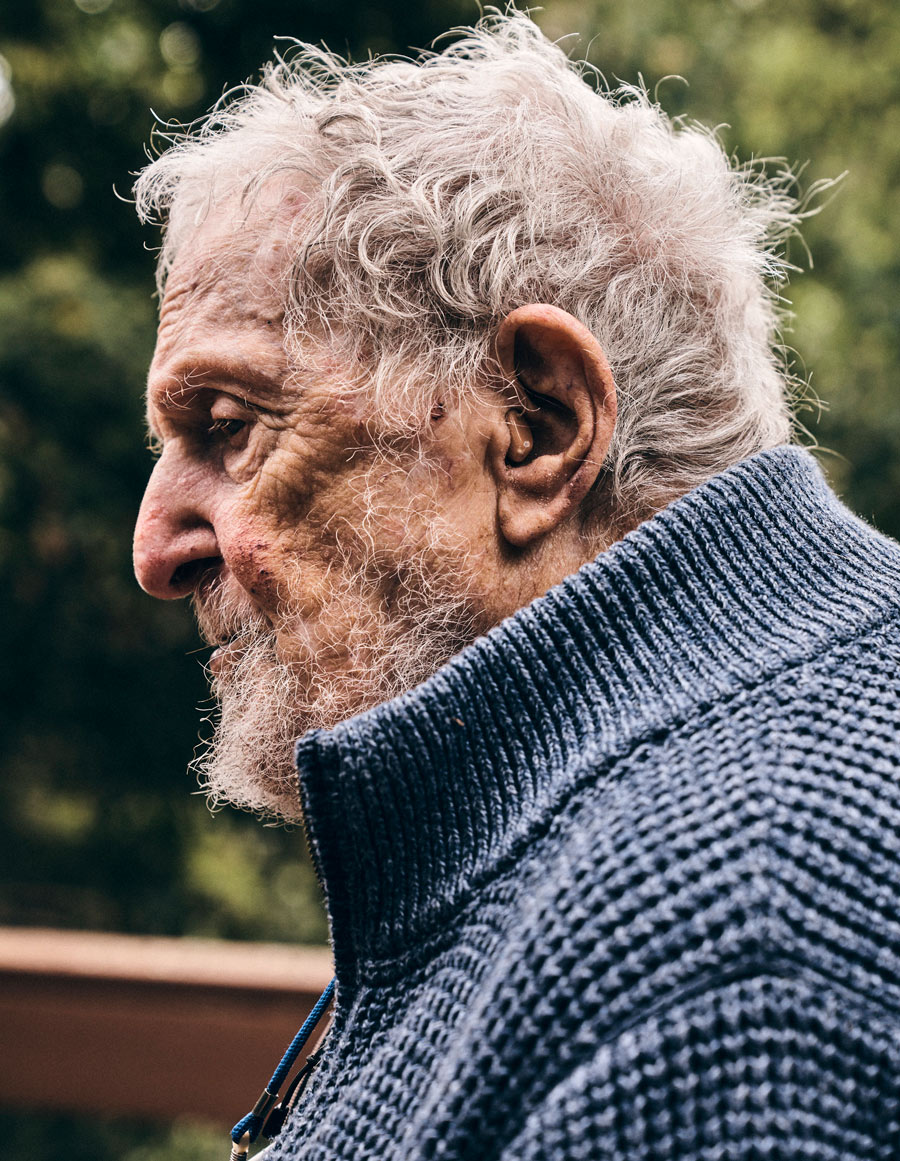Many of them started their Blaustein journey years ago, when he was teaching art through the UCLA Extension (continuing education) program, which named him Distinguished Instructor of the Year in 2011. After 63 years with UCLA, Blaustein began offering private lessons on Wednesdays and Saturdays. Students paint or draw for the first and last 90 minutes, bridging a half-hour art appreciation lecture by Blaustein.
On one recent Wednesday he introduces Papunya paintings, showing several images of the intricate Indigenous paintings from Australia that he says typify “art that tells a story. Their art is variety within unity. It’s as beautiful as anything in the art world today.”
His lectures cruise from African American painters Alice Neel and Alma Thomas to Zimbabwean painter Virginia Chihota. Explorations of British artists Chantal Joffe and Cecily Brown give way to calligraphic American painter Mark Tobey, British Indian sculptor Anish Kapoor, Chinese artist Ai Weiwei and more.
Although Blaustein always loved to draw, he didn’t study studio art at Bucknell because it wasn’t taught in the early 1940s, he says. After his World War II Navy service, Blaustein settled in LA, working in advertising, first for large department stores and later as vice president of advertising for a music company. He was drawn back to art through UCLA Extension — and soon found himself at the front of the classroom. That was 1956.
He taught art part time while working in advertising until a personal tragedy set him on a new path in the mid-1980s.

If you Google Joe Blaustein, you’ll see his name evoked by many artists who consider him their guru. An exhibition catalog of Shirley Asano Guldimann’s art provides one example: “The hard work of becoming an artist she undertook under the tutelage of her mentor and friend, Joe Blaustein, eminent artist and UCLA art teacher. Blaustein not only taught her what he terms ‘the rhetoric of art,’ but inspired her to make of each drawing or painting an existential journey.” His own work has been featured in traveling shows and in Los Angeles County Museum of Art exhibitions.
Blaustein’s drawings, paintings and influential teaching aside, it’s his photography that has received perhaps the most attention. In 1966, he and his wife Paula, pregnant with the second of their three children, were in Florence during a devastating flood. Blaustein took his two rolls of Ektachrome color slide film and prowled the flooded city, snapping photos with his Rollei twin-lens reflex.
The slides languished in his basement for decades until he donated them to the city of Florence. An exhibition in Florence in 2013 and book, The Colors of the Flood: Past, Present and Future Through the Unpublished Color Pictures by Joe Blaustein, in 2015, followed.
For the last several years, another Blaustein disciple, the filmmaker Silvia Gallini, has filmed him for a feature documentary, The Dog and the Duck. “It’s about him, his story, his students and the power of making mistakes in life and in art,” she told Voyage LA magazine. The film is in final stages, according to Blaustein.
Another student, a published novelist, urged Blaustein to chronicle his long life. He began writing three years ago and has completed 1,200 pages, so far. “Teaching has enriched my life in untold ways, with extraordinary friendships with creative people,” he says.
— Sherri Kimmel
